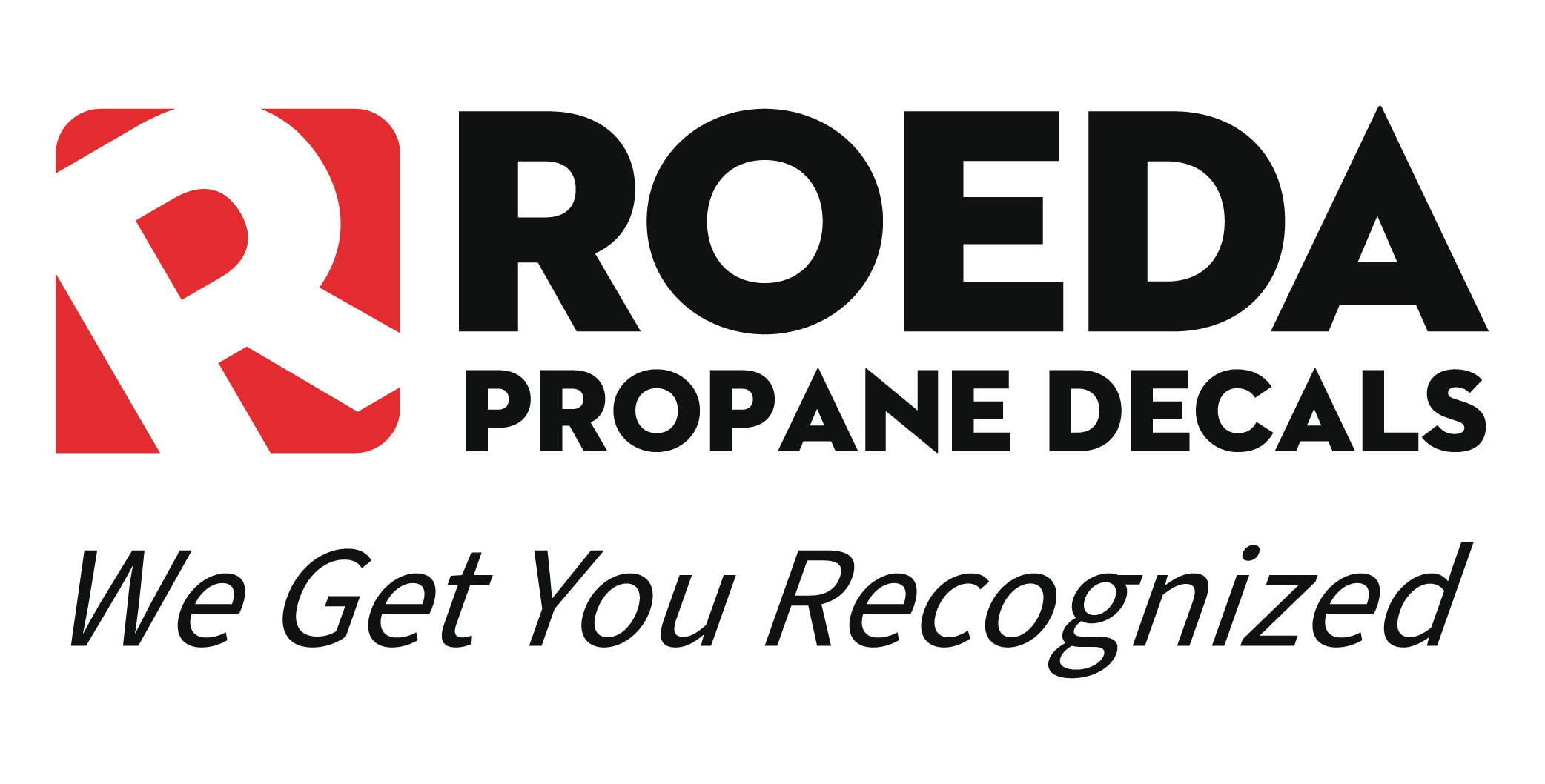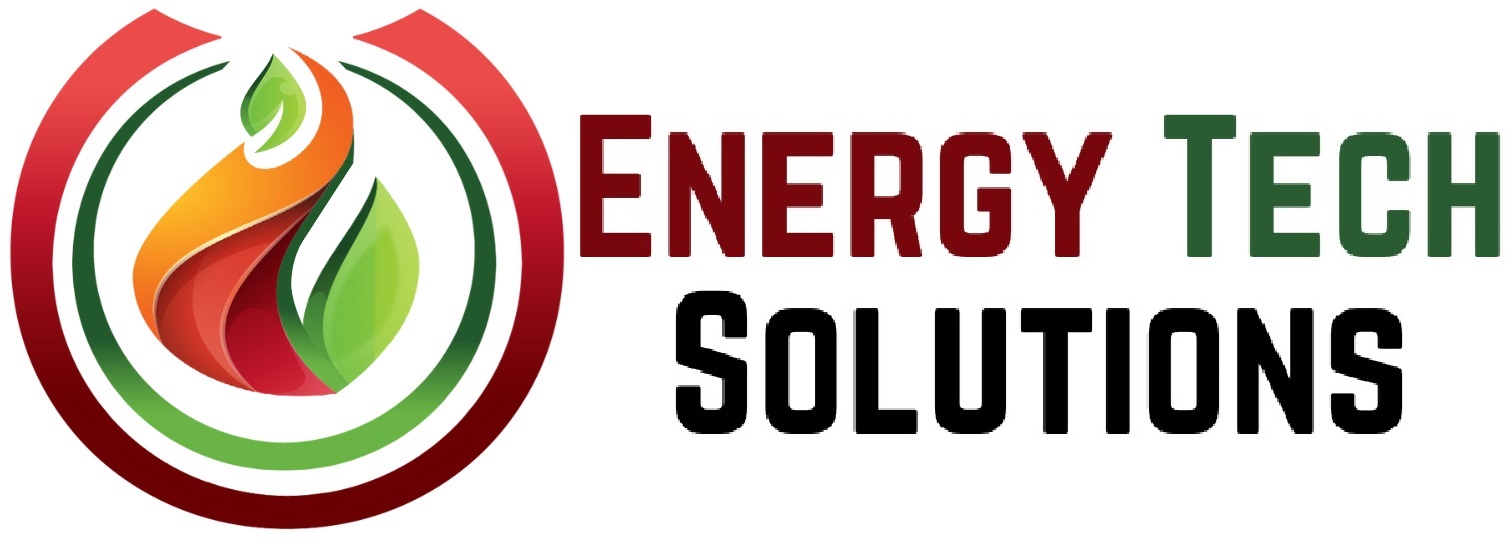Redefining the Approach in Propane Delivery

Efficiency is paramount in the propane delivery business. Today, the industry is reassessing delivery strategies to enhance cost-effectiveness and operational efficiency.
Consider the scenario where propane tanks approach depletion, necessitating timely deliveries. Yet, unforeseen circumstances, such as driver shortages, can disrupt planned deliveries. Traditionally, deliveries with higher propane reserves are postponed, as they are deemed less urgent. However, a critical question arises: if they can wait, should they be scheduled at all?
Rather than solely reacting to low tank levels, deliveries are strategically planned in advance, leveraging surplus trucks and drivers. This not only reduces delivery costs but also optimizes fleet utilization.
A significant portion of delivery expenses stems from trucks and drivers, irrespective of their utilization rate. By scheduling propane deliveries earlier during periods of excess capacity, the need for additional trucks diminishes, resulting in significant cost savings.
This approach parallels the concept of flattening a curve. By distributing deliveries evenly throughout the year, instead of concentrating them in high-demand periods during the winter months, operational costs are minimized. Though earlier deliveries may entail smaller quantities, the long-term benefits are substantial.
Through meticulous forecasting and balanced delivery scheduling, propane delivery companies can operate more efficiently and economically.












